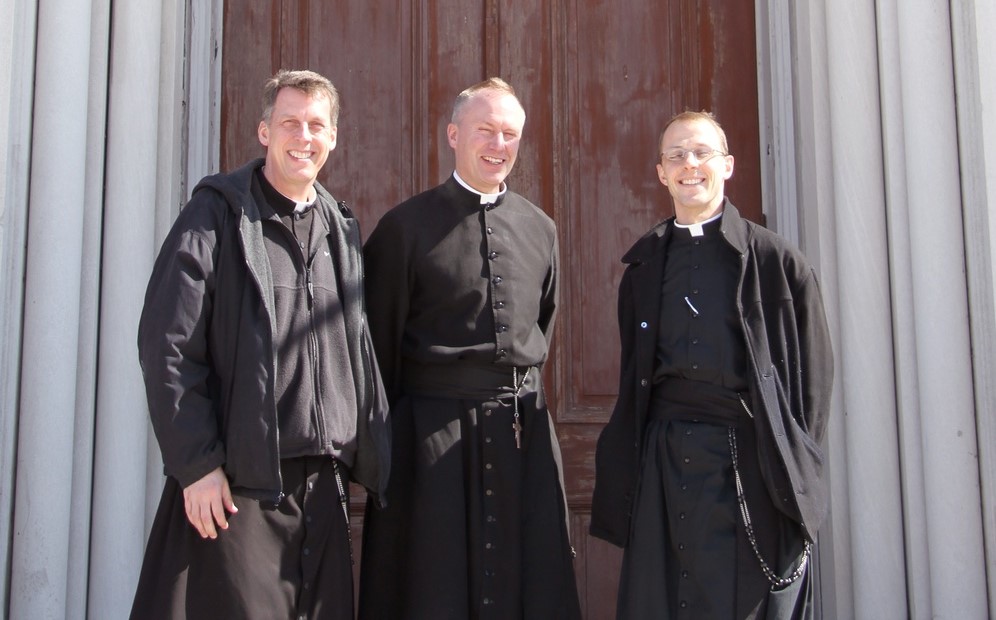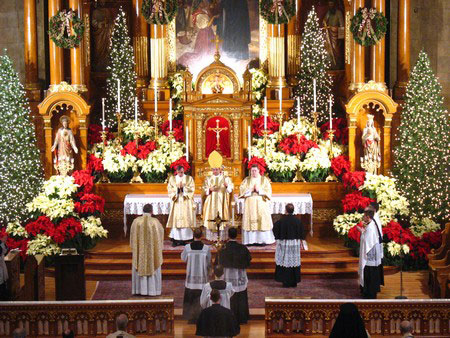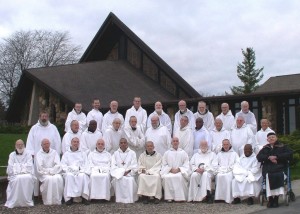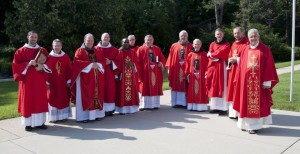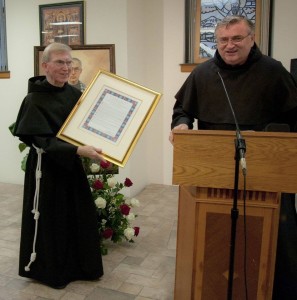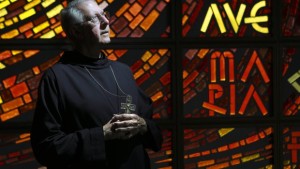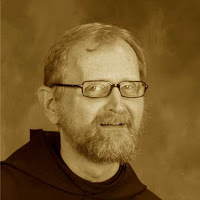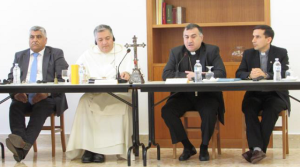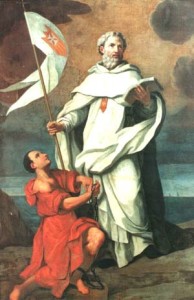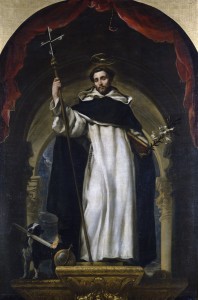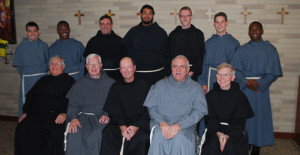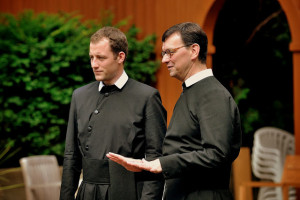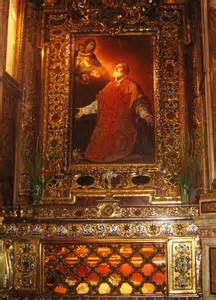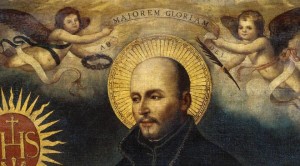
Today the Church celebrates the feast of the Basque knight who became a great saint and founder of the Society of Jesus, St. Ignatius of Loyola. The Church faithful can be guided by the inspiration of this great saint, particularly through his illuminating insights into discernment.
The very life of St. Ignatius aids in seeking holiness and the peace of God’s will. Bedridden from an injury suffered in battle, Ignatius read books on the life of Christ and lives of the saints which led to him experience a great conversion. These books inspired him to abandon his old way of life and seek to live out God’s will.
In Manresa, Spain, Saint Ignatius formulated the Spiritual Exercises which explain how one should discern God’s will, as he strove to after his conversion. This led him to be proclaimed the patron of spiritual exercises by Pope Pius XI in 1922. St. Ignatius explained that the Spiritual Exercises are a way of “seeking and disposing the soul to rid itself of all inordinate attachments and, after their removal, of seeking and finding the will of God in the disposition of our life for the salvation of our soul.”
The four stages of the Spiritual Exercises allow one to discern God’s will which can be particularly helpful when discerning which vocation God is calling one to. Pope Francis, formed in the spirituality of St. Ignatius within the Society of Jesus, said in discussing the Spiritual Exercises that they provoke several questions: “Is Christ the center of my life? Do I really put Christ at the center of my life? Because there is always the temptation to think that we are at the center.” The Holy Father is showing the importance of placing Christ at the center of one’s life in order to truly discern and follow His will for us.
The Church can clearly see the fruits of these Exercises which place Christ at the center of one’s discernment by the testimonies of those who have performed them. Great saints, like those who inspired St. Ignatius’ conversion, have undertaken the exercises including St. Charles Borromeo, “to adopt a more perfect form of life”; St. Teresa of Avila, to become, “the mistress of lofty contemplation”; and St Francis de Sales, “to serve God with the greatest possible fidelity.” These saints are a testament to the power of the Exercises and inspire those in discernment to also learn from the patron of spiritual exercises.
Many within the Church today seek to learn from the Spiritual Exercises with the Oblates of the Virgin Mary being just one example. While performing the Spiritual Exercises under the direction of a Jesuit priest, their founder, Ven. Pio Bruno Lanteri, experienced the mercy of God and strove to become a witness to this mercy by preaching fidelity to the Church and Our Lady. The spirituality of the Oblates of the Virgin Mary flows from the Spiritual Exercises and aids them in becoming experts in spiritual direction. If you would like more information on the Oblates of the Virgin Mary or how you can practice the Spiritual Exercises with them please visit their website: www.omvusa.org.
Prayer of Saint Ignatius
Dearest Jesus teach me to be generous
Teach me to love and serve You as You deserve,
To give and not to count the cost,
To fight and not to heed the wounds,
To toil and not to seek for rest
To labour and to look for no reward,
Except that of knowing that I do Your Holy Will.
Amen
Like this:
Like Loading...
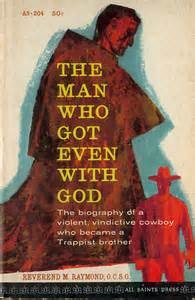 John Green Hanning (d. 1908) was a headstrong, hot-tempered son of a farmer who became the humble and gentle son of the Mother of God as a Trappist brother at the Abbey of Gethsemane in Kentucky. His story was recounted in the best selling book The Man Who Got Even With God, which is available online from Amazon.com for 99 cents.
John Green Hanning (d. 1908) was a headstrong, hot-tempered son of a farmer who became the humble and gentle son of the Mother of God as a Trappist brother at the Abbey of Gethsemane in Kentucky. His story was recounted in the best selling book The Man Who Got Even With God, which is available online from Amazon.com for 99 cents.